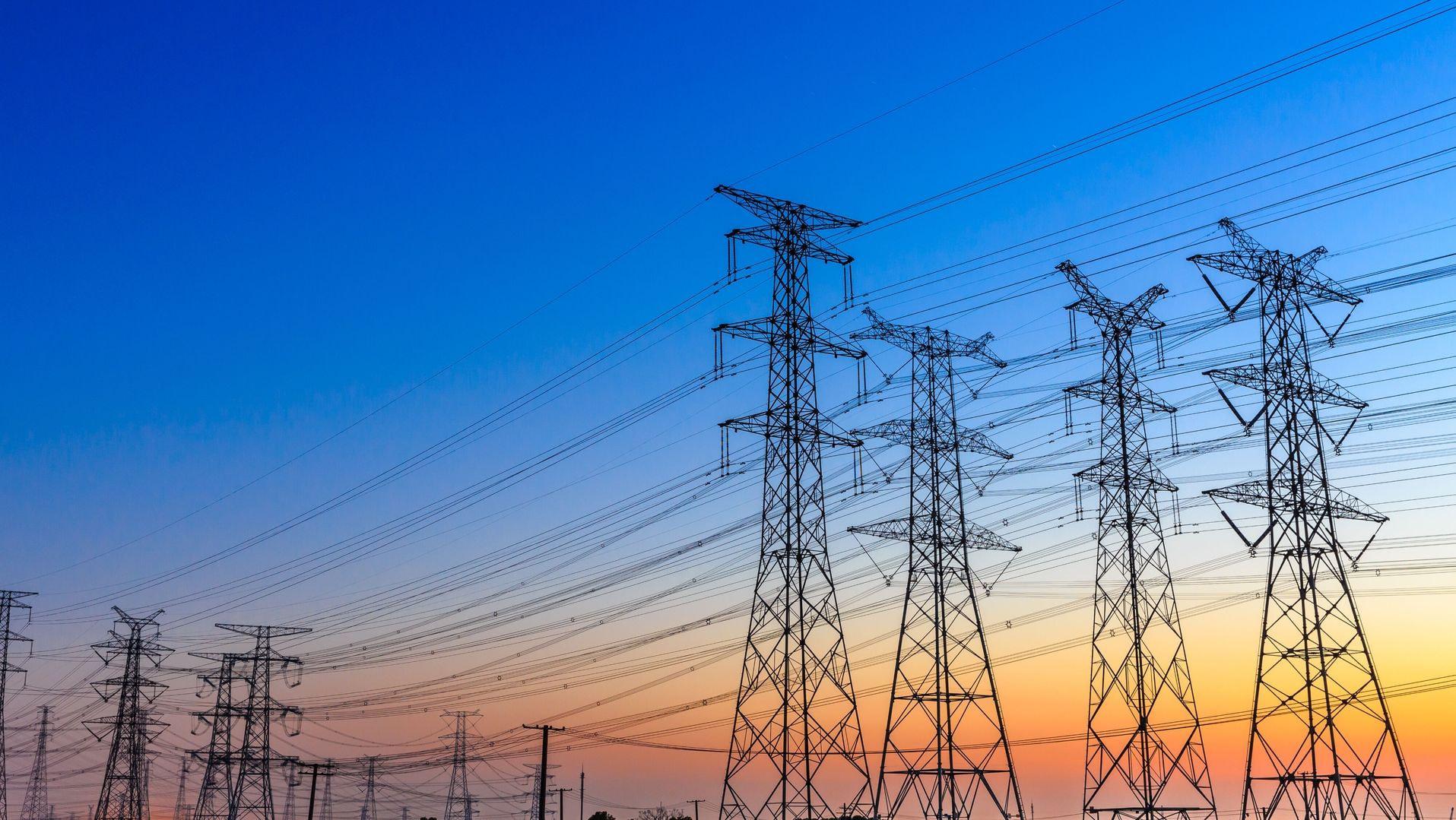
Transmission
The electricity transmission network which connects the power generators to the demand centers, forms a large part of the power system. This infrastructure must be sized appropriately to cater for peak demand, which may only occur over a few hours of the year. When projected growth in peak electricity demand exceeds the existing grid capacity, costly capital expenditures are needed for upgrades of equipment and building of new infrastructures, which often involves land acquisition that is both costly and results in long installation duration. Deployment of BESS can help to defer or circumvent the need for costly new grid investments by meeting peak demand with the energy stored during off peak hours, thereby reducing congestion and improving overall transmission asset utilization. Furthermore, unlike traditional transmission investment, BESS is mobile and flexible, which means it can be relocated to other parts of the grid when it is no longer required in its original position. The best part is, deployment of BESS is at a fraction of the cost to upgrade or deployment of a new transmission network, the land size required to locate the BESS is comparably negligible and the delivery lead time of BESS is significantly shorter than constructing a new transmission network.
Depending on the location of the source of frequency and voltage regulation support requirement of the grid, BESS located at the transmission network allows the system operator to respond closer to the location where is it needed the most. Unlike traditional practice where frequency and voltage regulation support are provided at the generation side of the power system which can be of hundreds of kilometers away, BESS can be located closer to where support is required.
